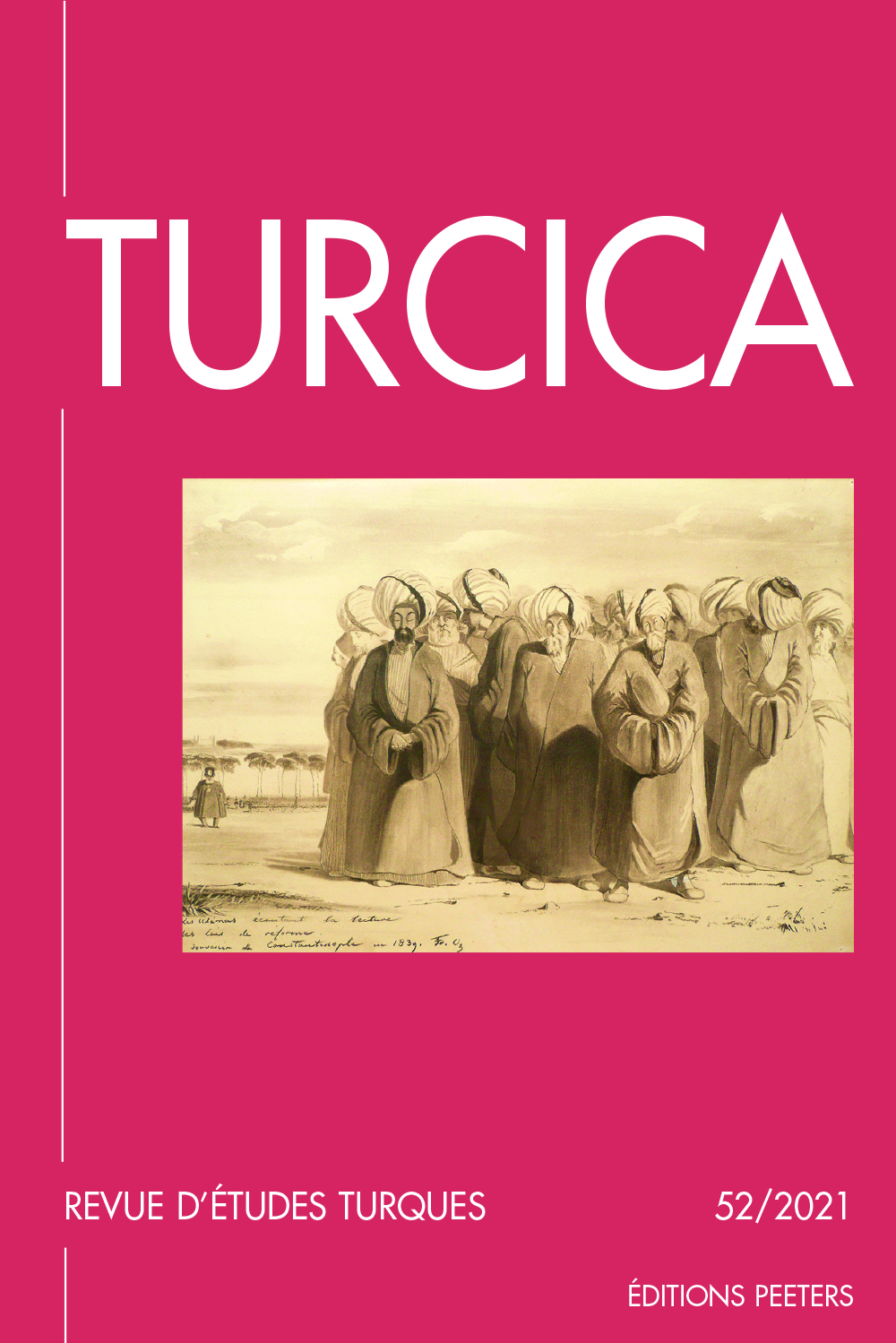 previous article in this issue previous article in this issue | next article in this issue  |

|
Document Details : Title: Ordering the Ottoman Elite Subtitle: Ceremonial Lawcodes of the Late Seventeenth Century Author(s): DARLING, Linda T. Journal: Turcica Volume: 50 Date: 2019 Pages: 355-382 DOI: 10.2143/TURC.50.0.3286580 Abstract : The Ottoman Empire in the last quarter of the seventeenth century produced three works designated as 'lawcodes' or ḳānūnnāmes for the control and ordering of the elite. The sixteenth century saw a breakdown of the social order governed by ḳānūn that was often understood as the decline of the empire itself. The Köprülü grand viziers, who controlled the empire in the second half of the seventeenth century, are portrayed as restoring order and halting decline. The ḳānūnnāmes were potentially further manifestations of that agenda, but they have not been much studied, and never together. This paper compares them, both the official teşrīfāt ḳānūnnāmesi of 1676 and the unofficial ones by Hezārfen and Eyyūbī Efendi, to each other and to the earlier 'Ḳānūnnāme of Meḥmed II'. It finds that, far from exhibiting the empire’s strength and order, they instead describe structures of power and elite relationships that embody the formalistic and powerless Ottoman government of the later centuries. L’Empire ottoman, dans le dernier quart du XVIIe siècle, a produit trois codes de droit ou ḳānūnnāmeler pour régler et gouverner les élites. Le XVIe siècle connut un effondrement de l’ordre social gouverné par le ḳānūn qui était souvent compris comme le déclin de l’Empire lui-même. Les grands vizirs Köprülü qui, dans la seconde moitié du XVIIe siècle, ont contrôlé l’Empire, sont dépeints comme ramenant l’ordre et arrêtant le déclin. Potentiellement, les ḳānūnnāme étaient des manifestations de cet agenda, mais ils ne sont que peu étudiés et jamais ensemble. Cet essai les confronte, tant le teşrīfāt ḳānūnnāmesi officiel que les codes non officiels d’Hezārfen et Eyyūbī Efendi, et le plus ancien «Ḳānūnnāme de Meḥmed II». Il conclut qu’ils ne montrent pas la force et l’ordre de l’Empire, mais des structures de pouvoir et des relations des élites qui donnent à voir le gouvernement ottoman formaliste et impuissant des siècles suivants. |
 |
